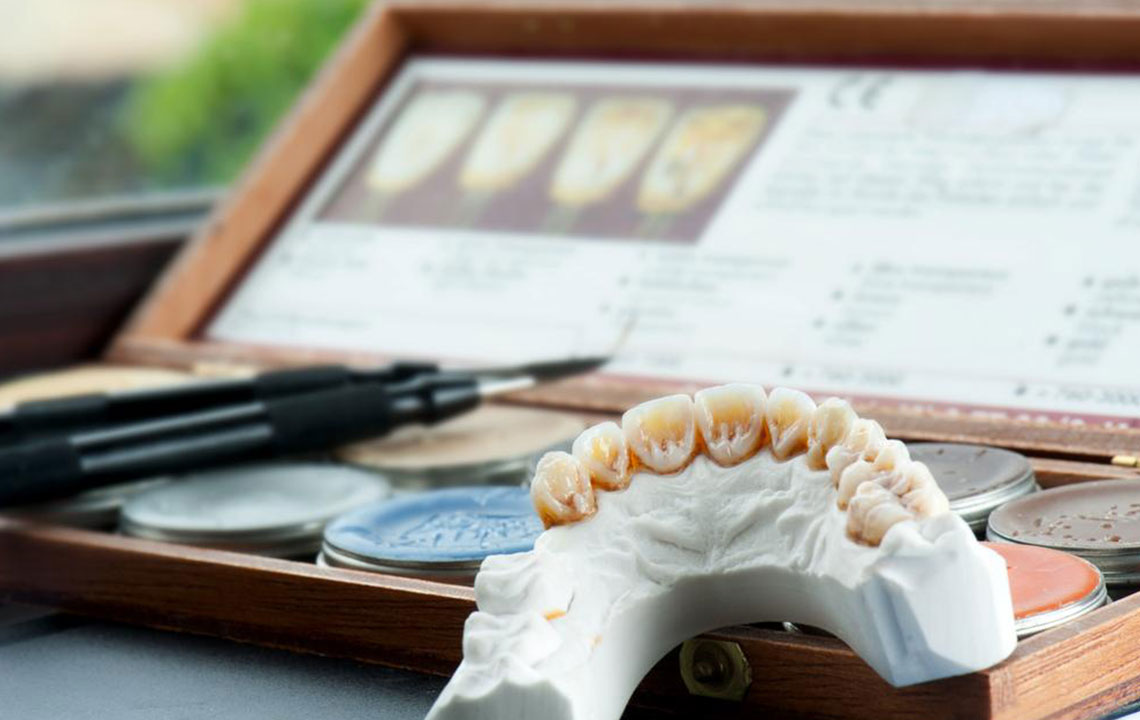Essential Guide to Different Types of Dental Implants
This comprehensive guide covers key types of dental implants—subperiosteal, single-stage, endosteal, two-stage, mini, and same-day implants. It explains their procedures, suitability, and benefits, helping patients make informed decisions about their oral health options. Proper selection depends on individual health, bone structure, and lifestyle, emphasizing the importance of consulting dental professionals for personalized recommendations and long-term success.

Essential Guide to Different Types of Dental Implants
Dental implants are metal fixtures surgically embedded into the jawbone to serve as anchors for artificial teeth. Because each patient's oral structure varies, various types of implants are available. Dentists recommend specific implant types based on individual health history and jawbone condition.
The four primary dental implant options include:
Subperiosteal implants
These are placed on or above the jawbone with metal posts supporting the replacement teeth.
Single-stage implants
Longer implants positioned on the jawbone with exposed tops allow access after healing, enabling the placement of abutments and restorations without additional surgery.
Endosteal/endosseous implants
These are installed directly into the jawbone and serve as alternatives to bridges or dentures.
Two-stage implants
Involves two surgical steps: initial placement in the jawbone, followed by a second minor surgery after healing to attach abutments and crowns.
Mini implants
Small diameter implants (under 3mm) requiring minimal invasive procedures, suitable for patients with limited bone tissue.
Same-day implants
Also known as immediate load implants, they allow temporary crowns to be placed during the same appointment. Full integration with the bone occurs over 3-6 months, after which permanent crowns are installed.
Healthy gums, sufficient bone, good oral hygiene, and regular dental visits are essential for implant success. Maintenance ensures long-term results.
Note:
This blog offers diverse, practical information on dental topics based on thorough research. However, it should not replace professional medical advice. Data inaccuracies or missing promotional offers are possible, so consult your dentist for personalized guidance.










